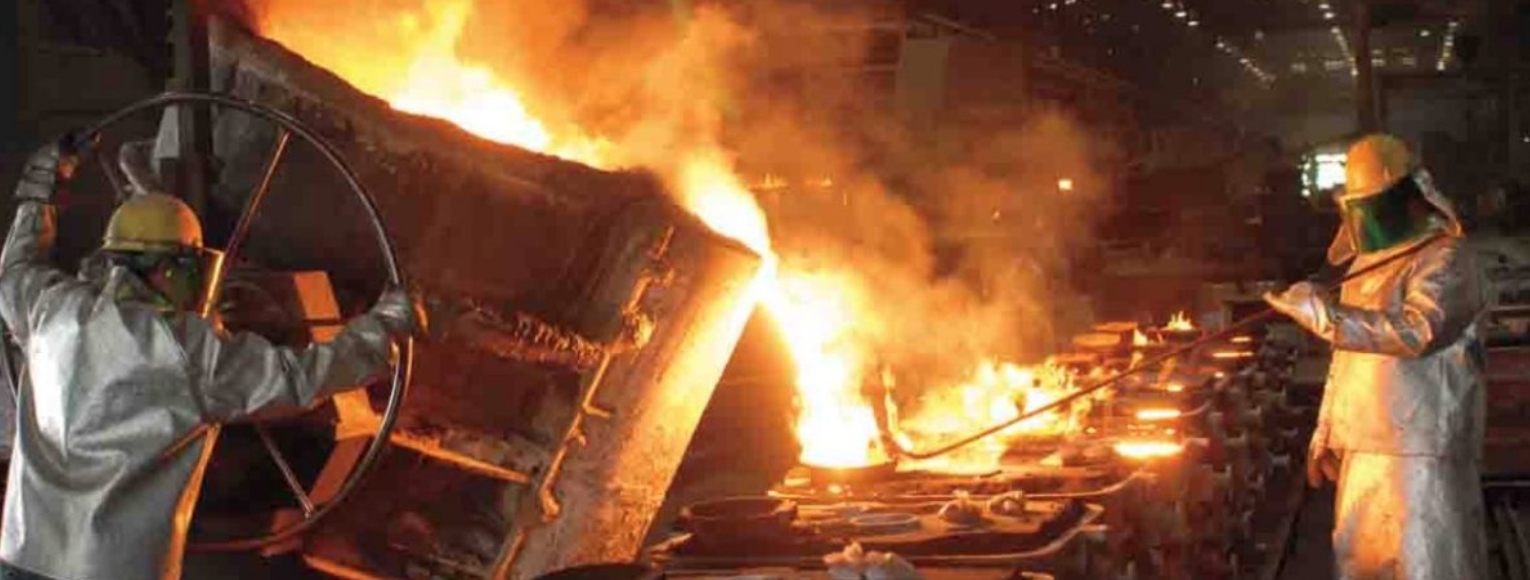
Steel casting process plays a crucial role in both the automotive and aerospace industries, each requiring high-quality, durable components that can withstand extreme conditions. Here’s a look at how steel casting process is applied in these two sectors:
Automotive Industry
- Engine Components: Parts like cylinder heads, engine blocks, and manifolds are often made using steel casting process. These components need to withstand high temperatures and pressures, making the strength and durability of cast steel ideal.
- Chassis and Suspension Systems: Critical parts such as axle beams, steering arms, and suspension brackets are produced through steel casting process. These parts require a high level of strength and toughness to endure the stress and strain experienced by vehicles on the road.
- Transmission Systems: Components like gearboxes, clutch housings, and drive shafts are cast in steel to ensure they can handle the torque and mechanical stress involved in vehicle operation.
- Safety Components: Items like seatbelt fasteners and certain elements of airbag systems are manufactured using steel casting process, thanks to the material’s reliability and strength.
Aerospace Industry
- Landing Gear: Steel casting process is used to create robust and resilient components for landing gear systems, which must support the weight of the aircraft and absorb the shock of landing.
- Engine Parts: In aircraft engines, numerous parts are made using steel casting process, including brackets, housings, and certain internal components. These parts must resist high temperatures and pressures, as well as corrosion.
- Structural Components: The aerospace industry utilizes steel casting process for various structural elements of an aircraft. These components need to be extremely strong yet relatively lightweight to maintain the efficiency and safety of the aircraft.
- Interior Applications: Even some interior components like seat frames and fittings may be manufactured using steel casting process to ensure durability and fire resistance.
Shared Attributes in Automotive and Aerospace Applications:
- Strength and Durability: Both industries demand components that are strong and can last a long time under demanding conditions.
- Precision and Quality: The parts produced must meet stringent quality standards, requiring precise manufacturing and rigorous testing.
- Weight Considerations: In aerospace, weight is a more critical factor. The use of advanced steel alloys and casting techniques allows for strong yet lighter components.
- Customization and Complexity: Steel casting process enables the production of complex shapes and designs, which are often required in specialized automotive and aerospace applications.
- Safety and Reliability: Components used in these sectors are critical for safety, necessitating the highest reliability standards in their manufacturing.
The intersection of steel casting process in these industries underscores the importance of material science, precision engineering, and quality control in manufacturing high-performance, reliable components. Advances in casting technologies continue to expand the capabilities and applications of steel casting process in the automotive and aerospace industries.
